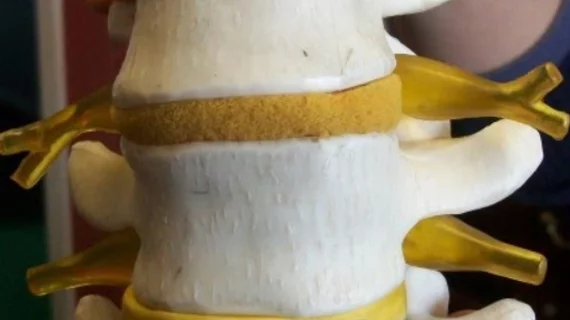FDG PET/CT accurately predicts radiotherapy response, clinical outcomes in spinal metastases patients
Korean researchers using metabolic monitoring with FDG PET/CT imaging modalities found the method effective in predicting treatment response after radiotherapy in patients with spinal metastases.
Detailed in their research published Sept. 28 in the journal PLOS One, lead author Jinhyun Choi, MD, a radiation oncologist at Yonsei University College of Medicine in Seoul, and colleagues determined that metabolic response measurements in total lesion glycolysis (TLG) and standard uptake values (SUV) taken using FDG PET/CT correlated with spinal metastases patients’ clinical outcomes.
Radiotherapy is the most common therapy for spinal metastases. It has significantly decreased pain in 60 percent to 90 percent of patients, with more than one-third reporting to have complete pain response at the irradiated site, according to the study. However, as the treatment becomes more common, evaluation of treatment response is even more necessary.
“As the life expectancy of patients with successful treatment of spinal metastases is increasing, proper assessment of treatment response is essential for making correct treatment decisions and improving outcomes,” Choi et al. wrote.
For the study, a total of 43 patients (average age of 58 years) with spinal metastases who had radiotherapy from January 2010 to December 2014 and who underwent FDG PET/CT before and after treatment were included.
Choi and colleagues found that average progression-free survival and overall survival rate after radiotherapy for patients were 15 months and 22.4 months. Local progression of metastases after treatment was identified in less than one-third of patients.
Additionally, they noted that radiotherapy produced a decrease in SUVmean (2.27 to 1.41), SUVmax (6.87 to 2.99), SUVpeak (5.75 to 2.33) and TLG (52.84 to 24.17) compared to baseline values. Patients also reported a decrease in pain scores, from 3.86 before to 0.79 after radiotherapy.

